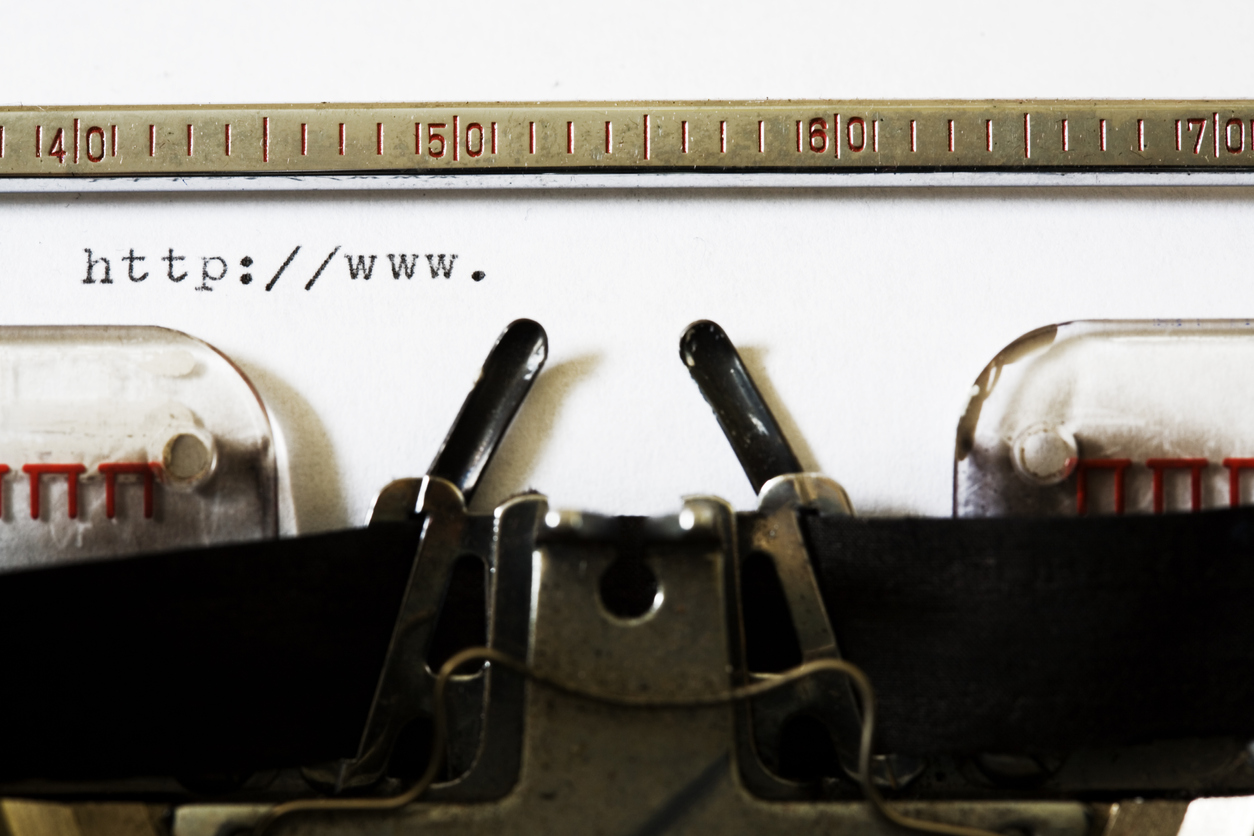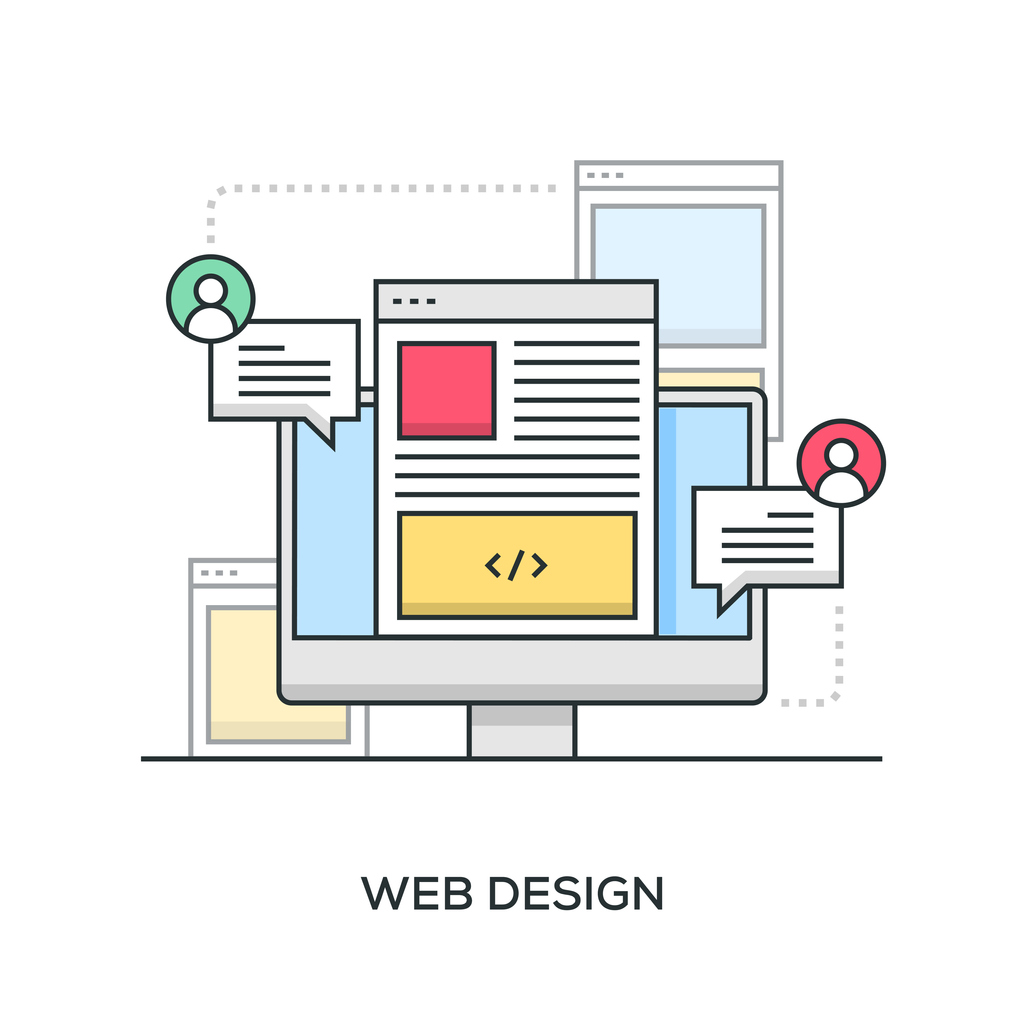If you’re reading this, you’re probably thinking about your current website and whether it truly meets your needs or not.
A website redesign isn’t always something that a business or organization wants to do, but often is a matter of necessity. Whether your site has grown long in the tooth or simply isn’t performing as well as you like, it may be time to finally move ahead with your revamp.
But how often should you redesign your website? The truth is that depends on a number of different factors.
Key Takeaways: Redesigning Your Website
- Refresh Regularly for Performance: Aim to refresh your website every 18 to 30 months to stay updated with industry standards and customer expectations.
- Solve Current Problems: Redesign if your website is underperforming in areas like user experience, SEO, mobile compatibility, or visual appeal.
- Prioritize User-Centric Design: Focus on SEO, fast load times, intuitive navigation, and mobile responsiveness to ensure a positive experience.
- Build for the Future: Invest in a scalable, adaptable design that can grow with your business and accommodate future updates.
- Continuous Improvement: A redesign isn’t the final step; it’s part of ongoing updates to align with evolving user needs and trends.
The Quick Answer
Time is money, so let’s get the simple answer out first.
Typically, a good rule of thumb is that an average website has an approximate “shelf life” during which it is seen as new, functional and convenient for users. For the typical brand, that timespan is between 18 and 30 months – or 1.5 to 2.5 years or so.
Now that isn’t a hard and fast rule – some sites may not need a full redesign in that time, and some may need to be refreshed more frequently as business goals or market demands change.
After all, age is only a number, right?
However, for the reader looking for a quick answer, it’s usually a good idea to think about refreshing your website about as frequently as most of us get a new smartphone.
Redesign to Tackle a Problem
Outside of that broad perspective, the main driving factor behind most website redesigns is the need to solve a problem that you’re having.
For some organizations, that may be a decline in business or a drop in visibility in search results. For others, it may be a more dramatic spark like a site hack or a competing site stealing content. Whatever your concern, a smart redesign may help.
When building out a renewed site, discuss the challenges you want to overcome with the team involved in designing your new site. If you want the site to drive leads, it’s important to focus on incorporating a flow of pages to lead to a form submission or information request page. If you want to sell online, on the other hand, you need pages to identify a visitor’s needs and provide them the right product or service solution as quickly and conveniently as possible.
Or, if its greater visibility and traffic you want, you need to include pages and content that can be optimized for SEO – search engine optimization – to build up your online presence.

Looks and Feels Old
Another reason to invest in website design is more cosmetic – your site’s look and feel.
Think of your website as a home.
People arrive at the site and immediately get their first curb appeal impression of your brand. Is it telling them that you’re modern and engaged and capable of delivering the product, service or support they need?
Or is it dilapidated, featuring outdated design elements like traffic counters or flashing banners and reeking of something past its prime? If the latter, a redesign is almost certainly what you need.
Investing in the look of your website is like renovating your home before sale.
If the bathroom or kitchen haven’t seen fresh paint or new fixtures in a few decades are likely to steer buyers away in the same way that a site that looks like it’s from the early days of the internet is likely to get visitors bouncing.
But, in the same way that not every renovation project will help your home sale, you don’t need to necessarily upgrade every aspect of your existing site to see an impact.
Sometimes simply giving the home page and key categories pages some TLC and applying a new look to existing content elsewhere can be just the boost you need at a fraction of the time and expense.
Doesn’t Work Right
If your site doesn’t perform well, that’s another sure sign that it’s time to invest in a new site.
This is a fairly subjective idea, however, and can take many forms and manifest in different ways. For example, if your site features high-quality content that is buried seven pages – or seven clicks – deep, that’s not an effective design.
If your site has many links that lead nowhere or to defunct pages – links that lead to error or 404 pages, whether on your own site or offsite – or your pages load slowly or your site isn’t mobile responsive (a cardinal sin in today’s web), these are all signs that it’s time to kick off a website redesign.
It’s also worth considering if your site works right for you and your visitors.
Is it serving as an informational resource for visitors? Are they finding what they need easily? Are you able to make updates or changes to product information, service features or inventory items easily on your own? If the answer to any of these questions is “no,” the answer to whether you need a redesign is a resounding “yes.”

Plan for the Future
Regardless of what steers you toward the redesign, you should try to make sure that any new site is as future-focused as possible to help you get the most from your investment. That means thinking about these “seven S’s” of site design:
- SEO: Is your new site ready and capable of being optimized for search engines?
- Structure: Is the design and flow of pages built to make it easy to access relevant information, access products or reach a contact page?
- Simple: Is your new site simple to access, update and manage for you and your team?
- Sales: Is the new site able to process orders, shipping and other information if you’ll be selling online?
- Speed: How quickly a site loads can impact user experience, so is your new site designed to be fast, even on mobile devices?
- Scalable: Speaking of mobile, does your new site experience scale responsively to different screen sizes?
- Social: Does your site include your social media, whether it’s links to your social presence or a feed of posts from Facebook, Twitter or another platform?
Data-Driven Insights: Website Redesign Success Statistics
- Conversion Rate Optimization (CRO) Impact: Websites redesigned with CRO in mind often see a 20–40% increase in conversions post-launch due to streamlined user experiences.
- SEO Ranking Improvements: Well-executed redesigns that focus on SEO can lead to organic traffic growth of 15–30% within the first six months by optimizing for keywords and improving site structure.
- Page Load Time Effects: Studies show that for every second improvement in load time, conversion rates increase by up to 7%. Google’s PageSpeed data reveals that 53% of mobile users abandon sites taking over 3 seconds to load.
- Mobile Optimization Benefits: With over 60% of web traffic now from mobile devices, mobile-friendly designs have become a significant ranking factor in Google’s algorithm, directly affecting visibility.
- Reduced Bounce Rate: Redesigns with a focus on user experience reduce bounce rates by an average of 20%, particularly when navigation and content flow are optimized for intuitive access to information.
Actionable Checklist for Website Redesign
- Analyze Current Site Performance
- Review metrics such as page load times, bounce rate, conversion rate, and mobile compatibility.
- Use tools like Google Analytics, PageSpeed Insights, and Hotjar for in-depth analysis.
- Define Your Redesign Goals
- Identify the main objectives, like improving SEO, boosting conversions, or modernizing design.
- Align goals with overall business objectives, such as increasing sales or enhancing customer engagement.
- Set a Realistic Budget and Timeline
- Calculate costs for design, development, and testing phases.
- Determine a feasible timeline, factoring in testing and stakeholder reviews.
- Conduct Competitor Analysis
- Examine competitors’ websites for design, content, and user experience inspiration.
- Identify what works well for them and where your site could improve or differentiate.
- Select Key Metrics to Measure Success
- Identify KPIs like time on page, lead conversions, and SEO rankings to track post-launch success.
- Set baseline measurements now for comparison after the redesign.
- Map Out the User Journey
- Create a clear flow from entry points to conversions, simplifying navigation.
- Identify top-performing pages and ensure they are easily accessible.
- Optimize Content and Structure
- Refresh old content, including CTAs, keywords, and internal links.
- Structure content to improve readability and align with user intent and SEO best practices.
- Design with Scalability in Mind
- Plan for future content needs and functionalities.
- Ensure your CMS is user-friendly for ongoing content updates and SEO adjustments.
- Run Comprehensive Testing
- Test the redesigned site on various devices and browsers.
- Conduct usability testing with real users to identify any friction points.
- Launch and Monitor Performance
- Launch during low-traffic periods to minimize potential impact.
- Monitor analytics for any unexpected drops in traffic, conversions, or user engagement.
Time for a Change
There’s nothing wrong with coming to the decision that it’s time to put your current look out to pasture.
The web is constantly evolving and adapting, and if you’re not moving to adjust with it, you’re bound to be left behind. Invest in building a new site not because you think you should, but because you need to if you want to stay relevant and offer the best content and experience to your visitors. Approaching a redesign smartly means you can work to make something that’s nimble and adaptable so you can update and change with the web.
Remember: At the end of the day, redesigning and launching a redeveloped site marks just that – a launch of something new – and that work to improve and adjust it is never truly done. Your site is a living story about your brand – make sure it’s telling the right one.
This article was originally posted on the J. Fitzgerald Group blog.
Read more: